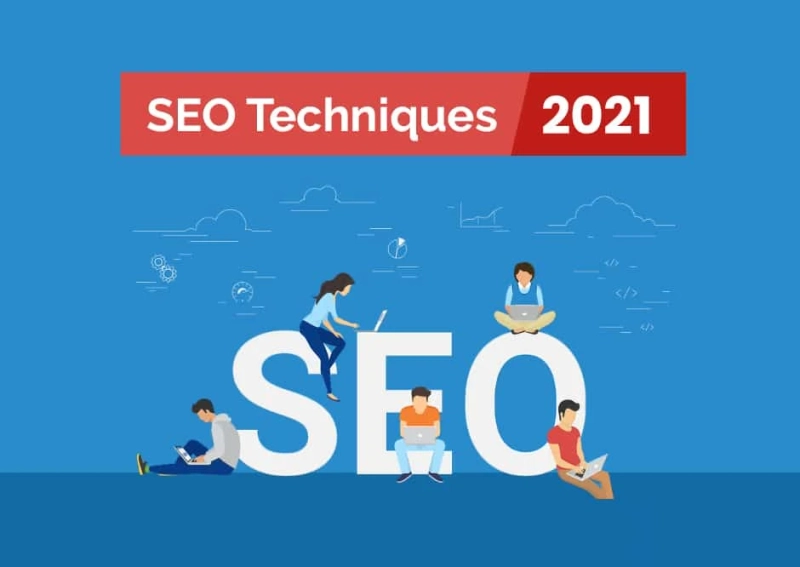Search engine optimization is key to marketing because it determines the visibility of your webpage. People entering keywords associated with your product will quickly be directed to your site if you get this strategy right. SEO can be confusing, but here are the best techniques for leads. Successful best SEO strategy is never about inserting the maximum number of keywords in blog posts, because search engines consider it to be “keyword stuffing”. Search engines care about the reader experience, too, and would not want to lead them where the keywords sound unnatural. Concentrate on one or two long-tail keywords per post and utilize them naturally throughout the post. This will help you get the right traffic to your site, get the article read and educate your visitors about your product. After picking your keywords, incorporate them correctly into articles throughout the site. Blogs will rank highly when the targeted keywords are placed in the following areas and ways: a) Use the right URLs Your site’s URL should help users to understand the content they are just about to read and subdirectories help with that. It becomes less tedious for search engines to identify what readers will access in different parts of your website. Furthermore, provide inbound links in your article because they display the relevance of your content to search engines. b) Use keywords early in the header Make sure that your keyword appears within the first 60 characters of the header. c) Optimize the meta description Searchers read your meta description to decide whether your content is the one they are looking for before they click on it. Make sure it’s relevant, compelling, and contains a long-tail keyword. d) Don’t force it Let the keywords flow naturally in the main body and answer your readers’ questions. The majority of people access search engines from their mobile phones, and thus, priority is given to mobile friendly sites in the results. Use a responsive design that allows your site to have just one URL as opposed to two different ones. This also helps to concentrate the strength of your SEO to achieve a better ranking. Include images to explain your content in a more in-depth manner, and accompany them with alt text. This tells the search engine what the picture is about and ranks them in its image results. Topic tags are essential in organizing a blog or website, but use them sparingly. Duplicating content could lead to penalties from search engines, because they will see that you are displaying the same content often throughout the website, which is considered to be a lower-quality user experience. Begin by pinpointing the goals of your target audience and you will always have relevant content for them. Undertake a Search Analytics Report and find out the keywords that visitors use to access your content and build on them with the above tips. SEO is hugely important, regardless of the sector your business is in. Instead of hiring an expensive in-house SEO expert, employing a white label SEO service can give you all of the benefits of an SEO agency’s expertise – with less of the hefty price tag. If you’re interested in learning more about SEO outsourcing services, talk to the best SEO company in Phoenix today. Any business can benefit from Position Punisher wealth of experience when it comes to working with SEO and white label SEO programs.1. Focus on 1-2 long-tail keywords
2. Include keywords in specific parts
3. Make the content mobile-friendly
4. Optimize images’ alt text
5. Avoid too many topic tags
Best SEO Techniques to Generate Leads


